Summary Table of Nepal Democracy History:
| Period | Key Events | Significance |
| Pre-Democracy |
|
|
| 1951 |
|
|
| 1951 Struggle |
|
|
| 1961 |
|
|
| 1979 & 1990 |
|
|
| 1993 |
|
|
| Jana Andolan 1990 |
|
|
| Civil War (1996-2006) |
|
|
| 20th Century |
|
|
| 2001 |
|
|
| 2001-2006 |
|
|
| 2006 |
|
|
| 2008 |
|
|
| Legacy |
|
|
| Historical Layers |
|
|
| Panchayat Era |
|
|
| Transformation to Republic |
|
|
| Post-2008 |
|
|
| Conclusion |
|
|
Decades-Long Evolution: Nepal’s Democratic Transformation Unveiled
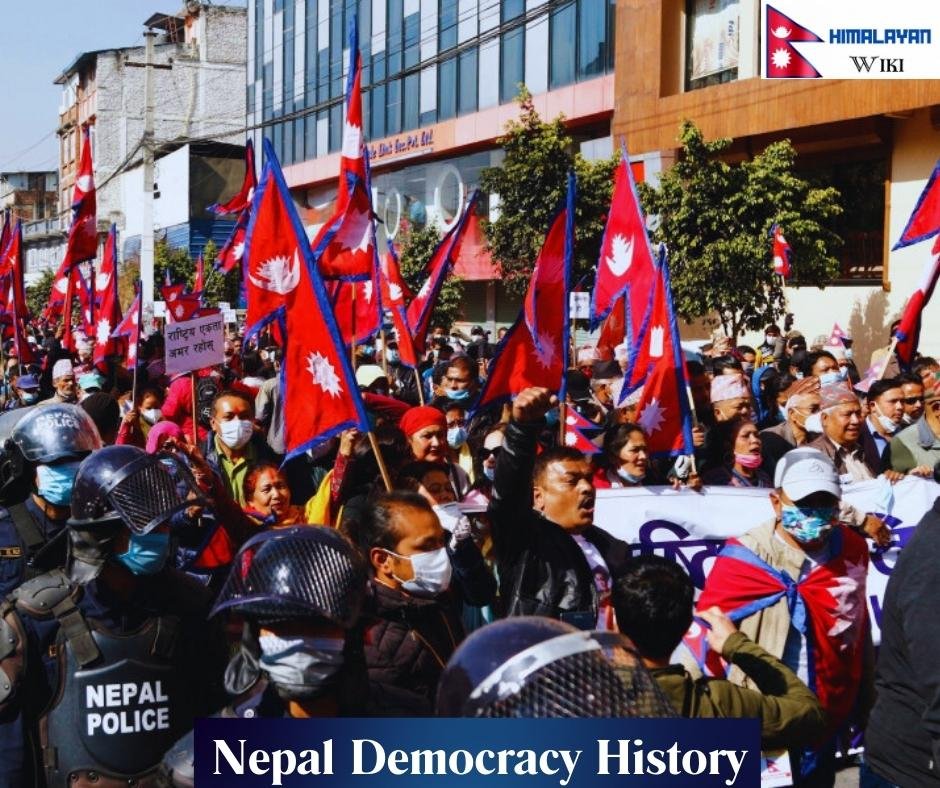
➤ Navigating through the complex folds of Nepal’s political evolution demands a meticulous exploration, as its journey from a monarchy to a republic spans several decades.
➤ The intricacies of this transition, culminating in the establishing of a representative democracy in 2008, are obscured by a series of historical events.
Prosperous Beginnings: The Overthrow of Rana Family
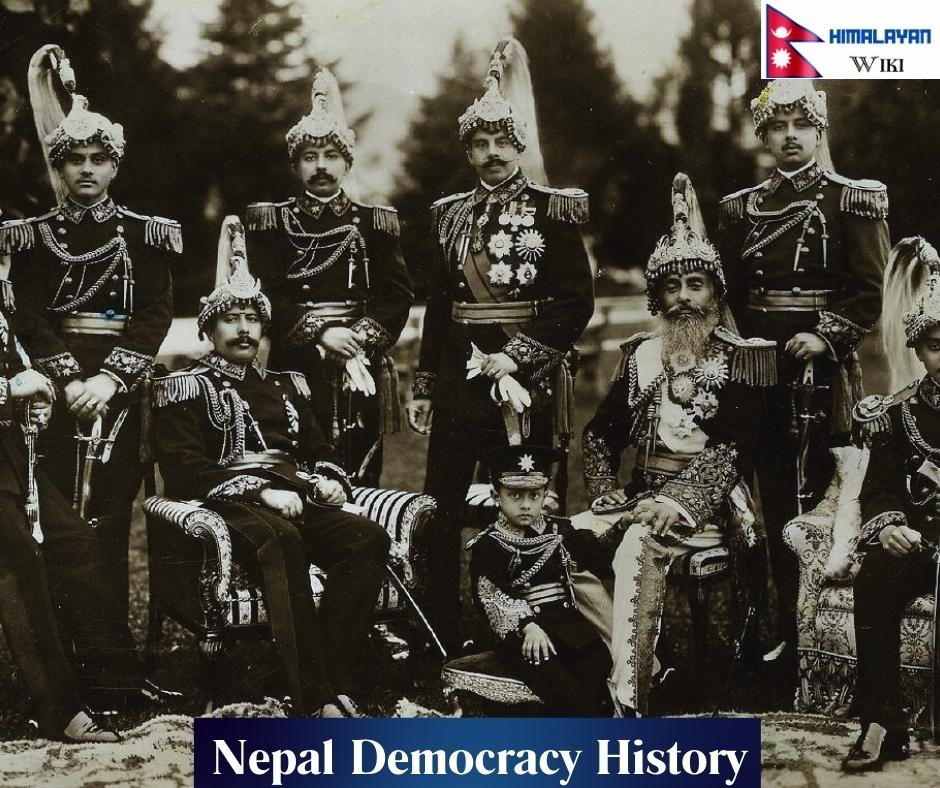
➤ The inception of this democratic saga occurred with the overthrow of the Rana family, an entrenched oligarchy ruling Nepal for over a Century.
➤ The 1951 revolution, spurred by the Indian nationalist movement and internal unrest, ushered in a fleeting era of multiparty democracy.
➤ This period, however, met an untimely demise in 1960 when King Mahendra Bir Bikram Shah Dev dismantled the parliament, inaugurating the Panchayat system and consolidating authority within the monarchy.
Resilient Movements: Advocacy for Democracy Until 2008
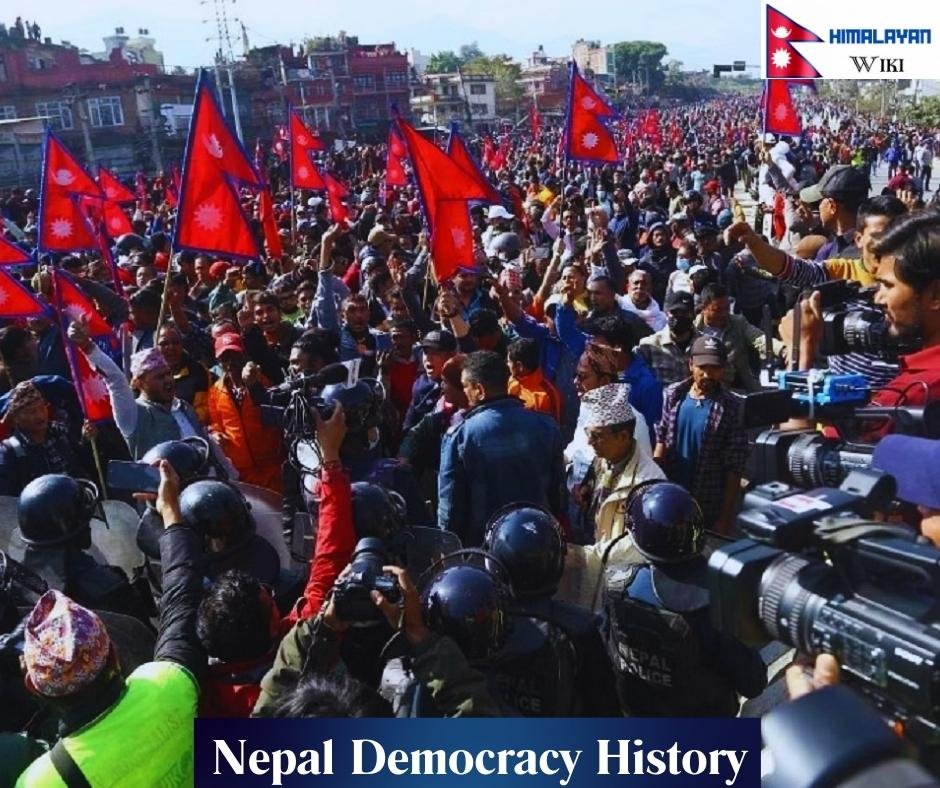
➤ The democratic flame endured through the 20th Century, witnessing diverse political initiatives and fervent movements advocating for representative democracy and the abolition of the monarchy.
➤ This tireless struggle reached its zenith in 2008, successfully dismantling the Shah monarchy and steering Nepal toward a republic with multiparty bicameral democracy.
Struggle of 2001-2006: A Decade of Turmoil

➤ However, the path to democracy was not devoid of hurdles.
➤ The years between 2001 and 2006 were marred by corruption, nepotism, and a Maoist insurgency metamorphosing into a nationwide civil war.
➤ The assassination of the Nepalese royal family in 2001 propelled King Gyanendra into power, ruling with emergency powers and suppressing dissent within media and civil society.
Student Protests to Jana Andolan: Turning Tides
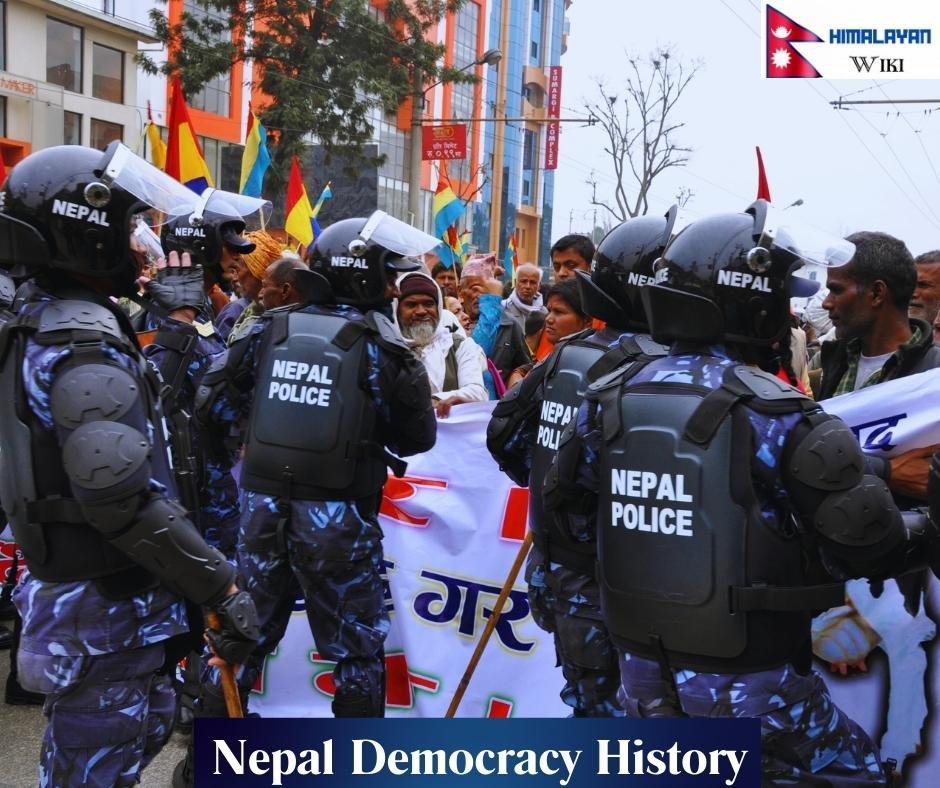
➤ Under authoritarian rule, 1979 witnessed widespread student protests challenging the Panchayat system.
➤ Despite a subsequent referendum with minor reforms, the core issues of political freedom remained unaddressed.
➤ Economic hardships and mounting discontent with the monarchy propelled the Jana Andolan in 1990, compelling King Birendra to concede to a constitutional monarchy and reintroduce a multiparty system.
Monarchy’s Swan Song: Anarchy and Republic’s Ascent
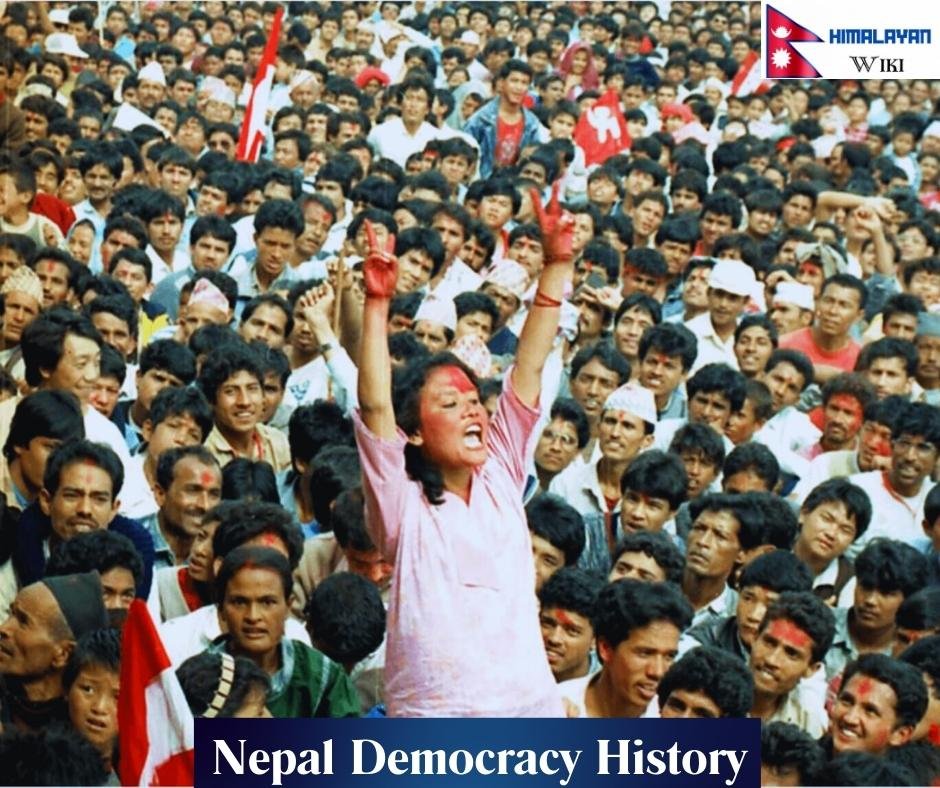
➤ Even with the restoration of multiparty democracy, Nepal’s political landscape remained tumultuous.
➤ Corruption, nepotism, and the Maoist insurgency persisted. The assassination of the royal family in 2001 added fuel to the fire.
➤ In 2006, succumbing to domestic and international pressure, King Gyanendra abdicated, and the reinstated parliament abolished the monarchy, declaring Nepal a federal republic.
Ongoing Legacy: Nepal’s Democratic Triumph
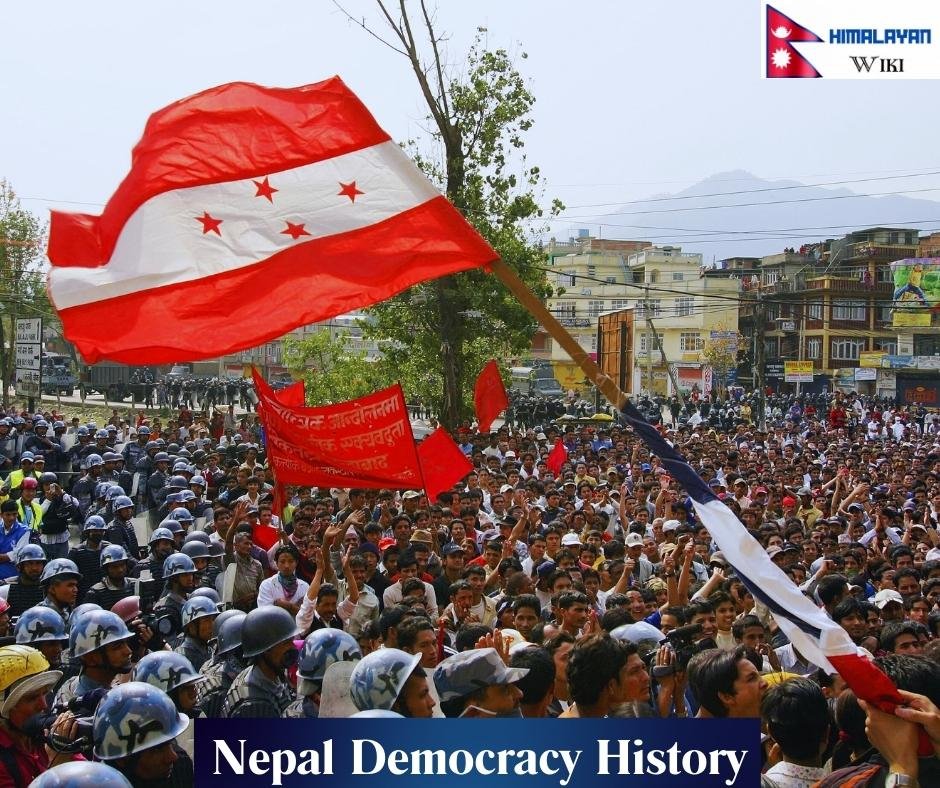
➤ The legacy of Nepal’s democratic movement stands as an enduring testament to the potency of popular resistance.
➤ It underscores the significance of collective action and an unwavering commitment to freedom and justice.
➤ Amid persistent challenges, Nepal’s transition to a federal republic illuminates a path of hope and inspiration for nations aspiring to democratic governance.
Disclosing Historical Layers: Rana Dynasty’s Role
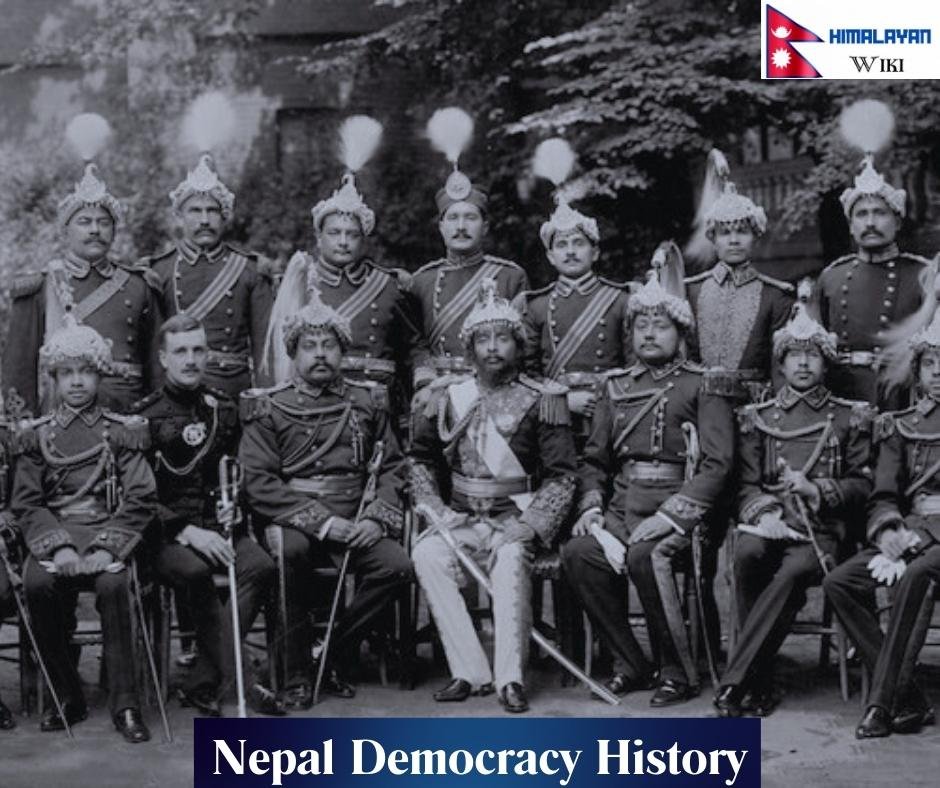
➤ A brief exploration of the Rana dynasty reveals a tumultuous past. Following a coup, the Shah dynasty unified Nepal, only to be later ruled by the influential Rana royal family.
➤ Nepal’s territorial boundaries were defined after the Anglo-Nepalese War and the Treaty of Sugauli in 1816, thwarting colonization.
➤ The Shah dynasty’s reign witnessed Sanskritisation, establishing high-caste Indo-Aryans’ dominance, and Nepali became the official state language.
1951 Struggle for Democracy: Education’s Catalyst
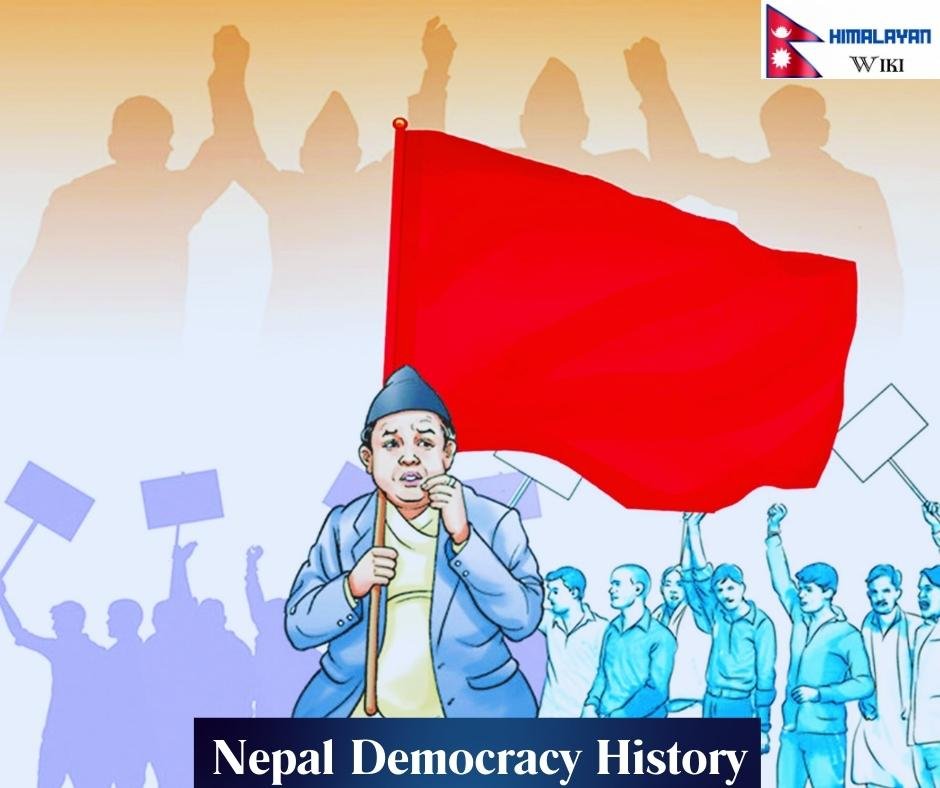
➤ The mid-20th Century marked significant expansions in Nepal’s education system, resulting in heightened literacy rates.
➤ Political parties emerged post-India’s independence, challenging the Rana monarchy. The Delhi Compromise of 1951 facilitated a peaceful transition to democracy.
➤ However, King Mahendra’s dissolution of parliament in 1960 and the subsequent ban on political parties marked a tumultuous regression.
Panchayat Era: Restructuring Political Landscape
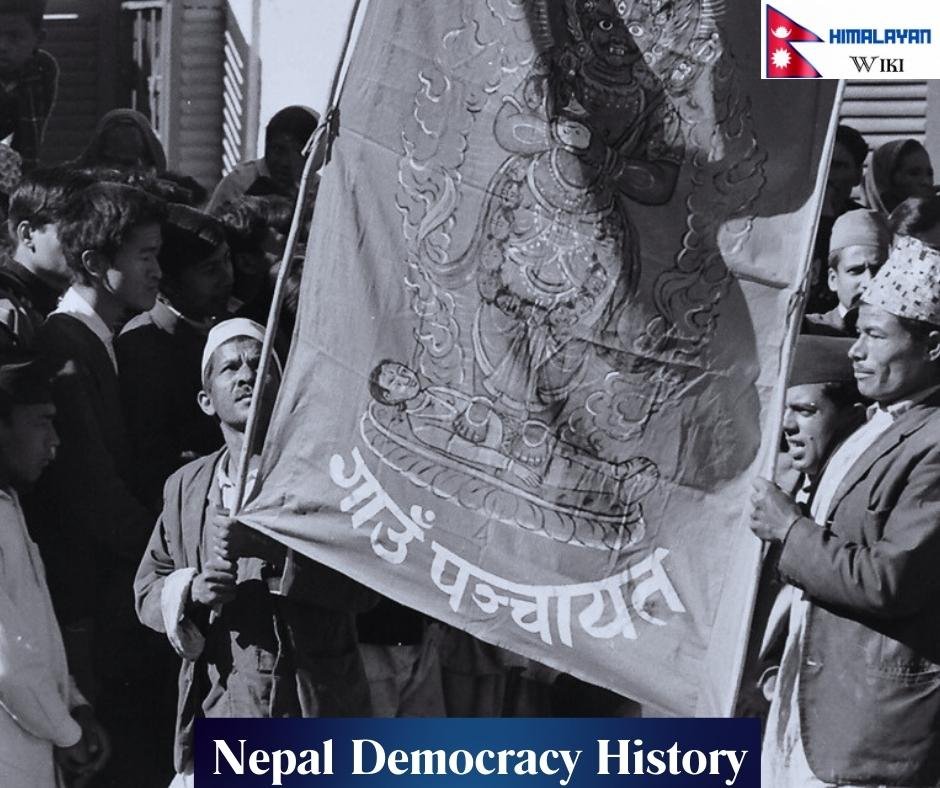
➤ Introducing the Panchayat system, the King restructured political power, holding direct elections at a communal level.
➤ The autonomy of the parliament dwindled, political representation narrowed, and student protests in 1979 led to a referendum preserving the Panchayat system with minor reforms.
Jana Aandolan 1990: Trade Dispute Sparks Change
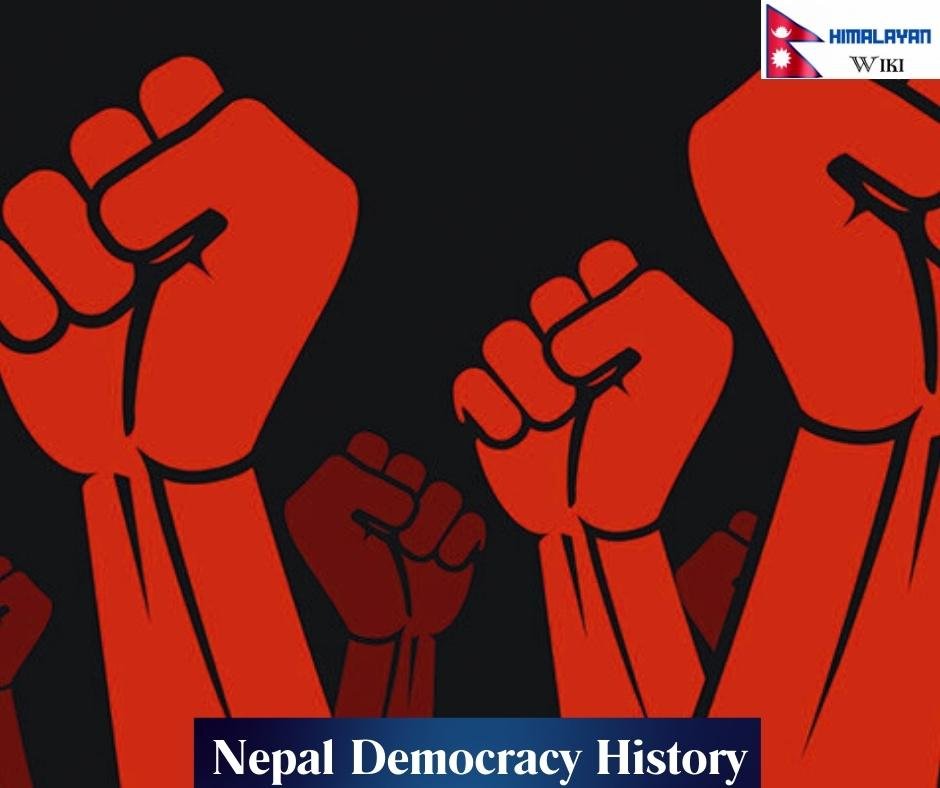
➤ A trade dispute with India in 1990 triggered widespread protests, culminating in the Jana Andolan.
➤ Led by seven political factions and the Nepali Congress, this movement coerced the King into restoring multiparty democracy.
➤ The aftermath witnessed the adoption of neoliberal policies promoting economic liberalization.
Nepalese Civil War (1996-2006): Tragedy and Transition
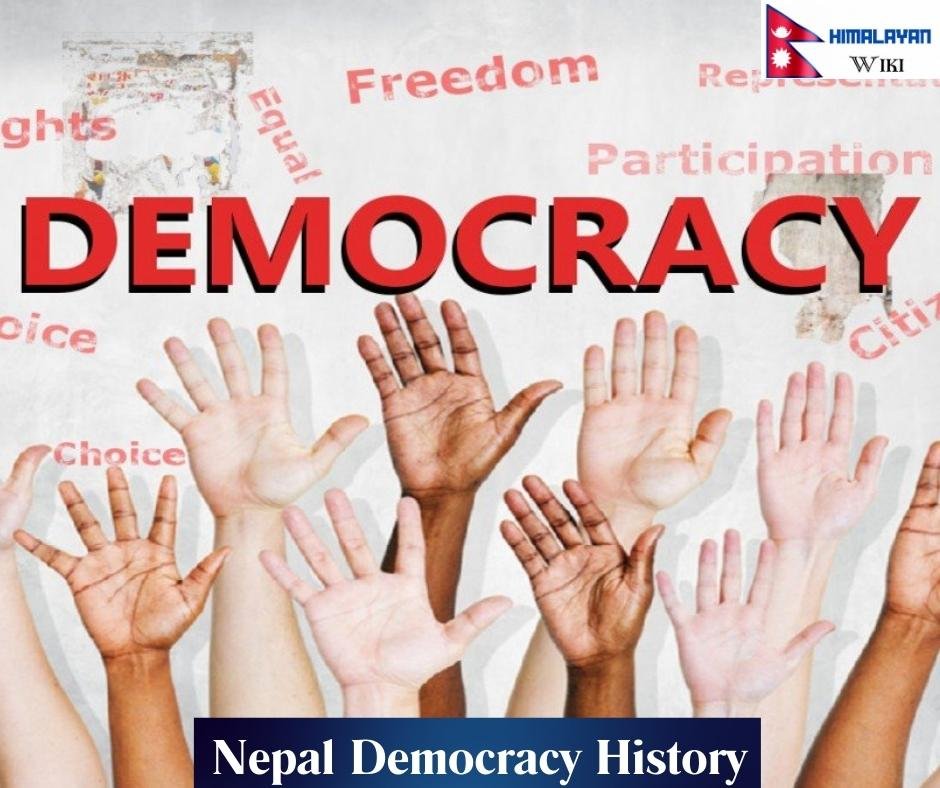
➤ The People’s War, initiated in 1996 due to the government’s failure to meet insurgents’ demands, resulted in casualties and instability.
➤ The civil war ended in 2006 with a peace agreement, abolishing the monarchy and establishing a federal, secular republic.
Transformation to Republic: From Rebellion to Democracy
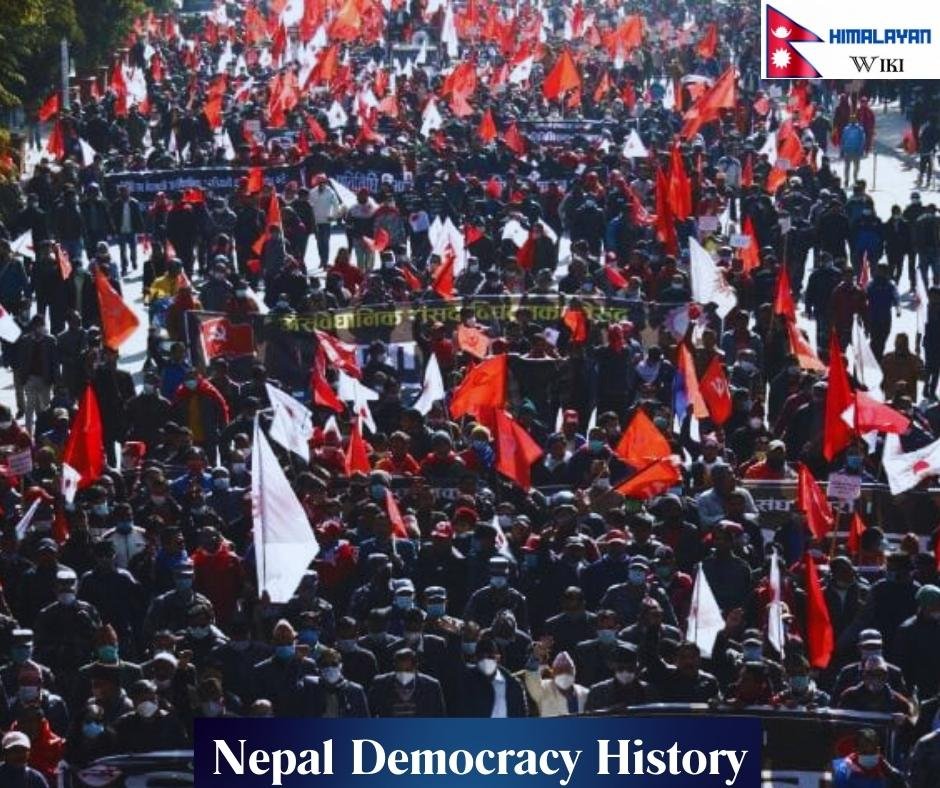
➤ The Maoist insurgency triggered a civil war accompanied by human rights violations and economic challenges.
➤ The State of Emergency imposed after King Birendra’s assassination in 2001 heightened control.
➤ Yet, the civil war’s conclusion in 2005 paved the way for a coalition government that abolished the monarchy and signed a peace agreement in 2006.
➤ Nepal’s constitution was redefined, establishing a federal, secular republic.
Democracy in Nepal: A Multifaceted Epoch
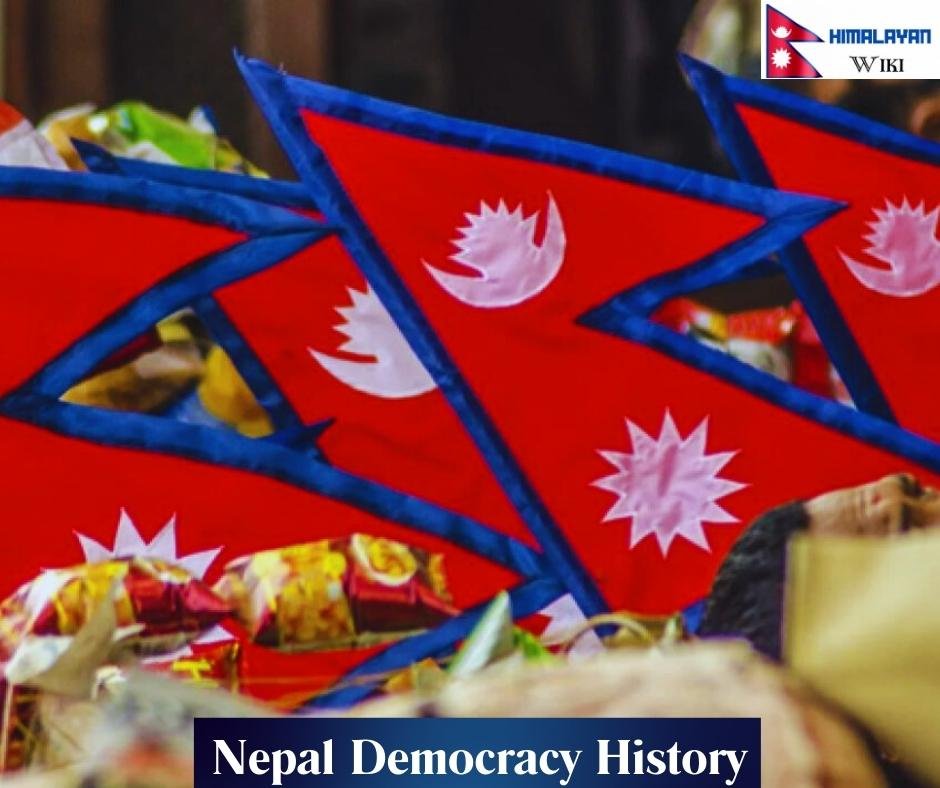
➤ In the pre-democracy era, Nepal’s monarchy reigned under the Shah dynasty for centuries.
➤ The democratic movements of 1951 and 1990 resulted in constitutional changes, forcing the end of absolute monarchy.
➤ Between 1990 and 2008, we witnessed constitutional monarchy and political struggles further complicated by the Maoist insurgency.
Post-2008: Democratic Transition and Ongoing Challenges

➤ Post-2008, Nepal grappled with constitutional delays and challenges, ultimately adopting a new constitution in 2015.
➤ A federal structure, a multiparty democratic system, and persisting challenges in political stability and socioeconomic issues characterize the current political landscape.
Epilogue: Nepal’s Democracy – A Global Beacon
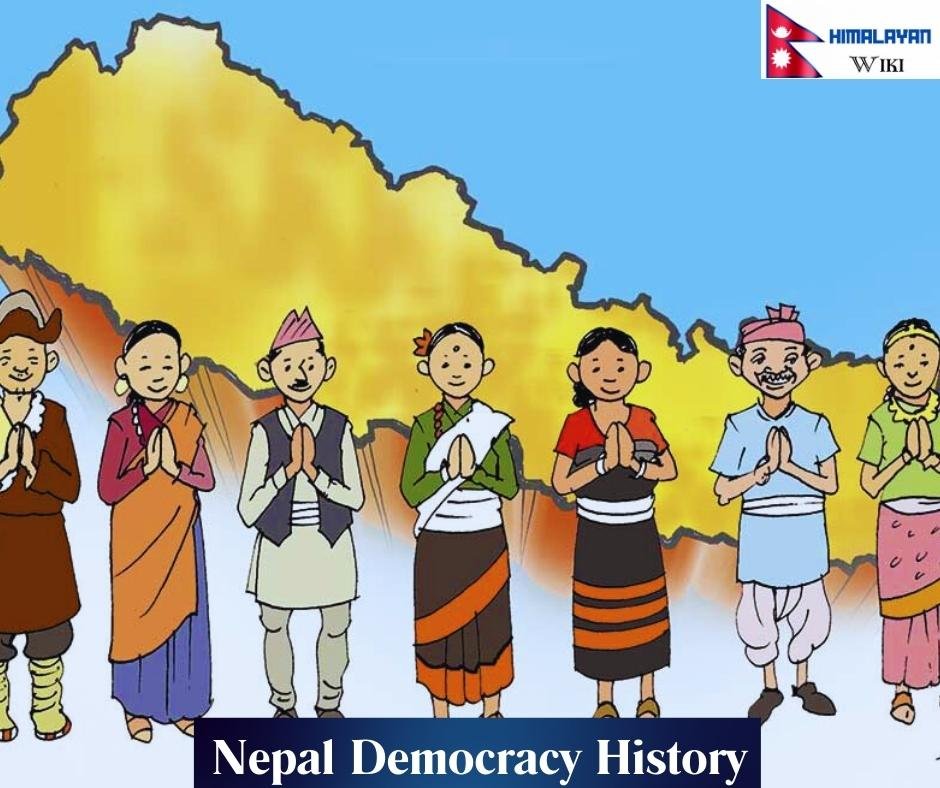
➤ In conclusion, Nepal’s journey from monarchy to republic is a beacon of resilience, collective action, and the relentless pursuit of freedom.
➤ While challenges endure, Nepal’s transition remains a source of inspiration for nations embarking on the tumultuous path toward democratic governance.


